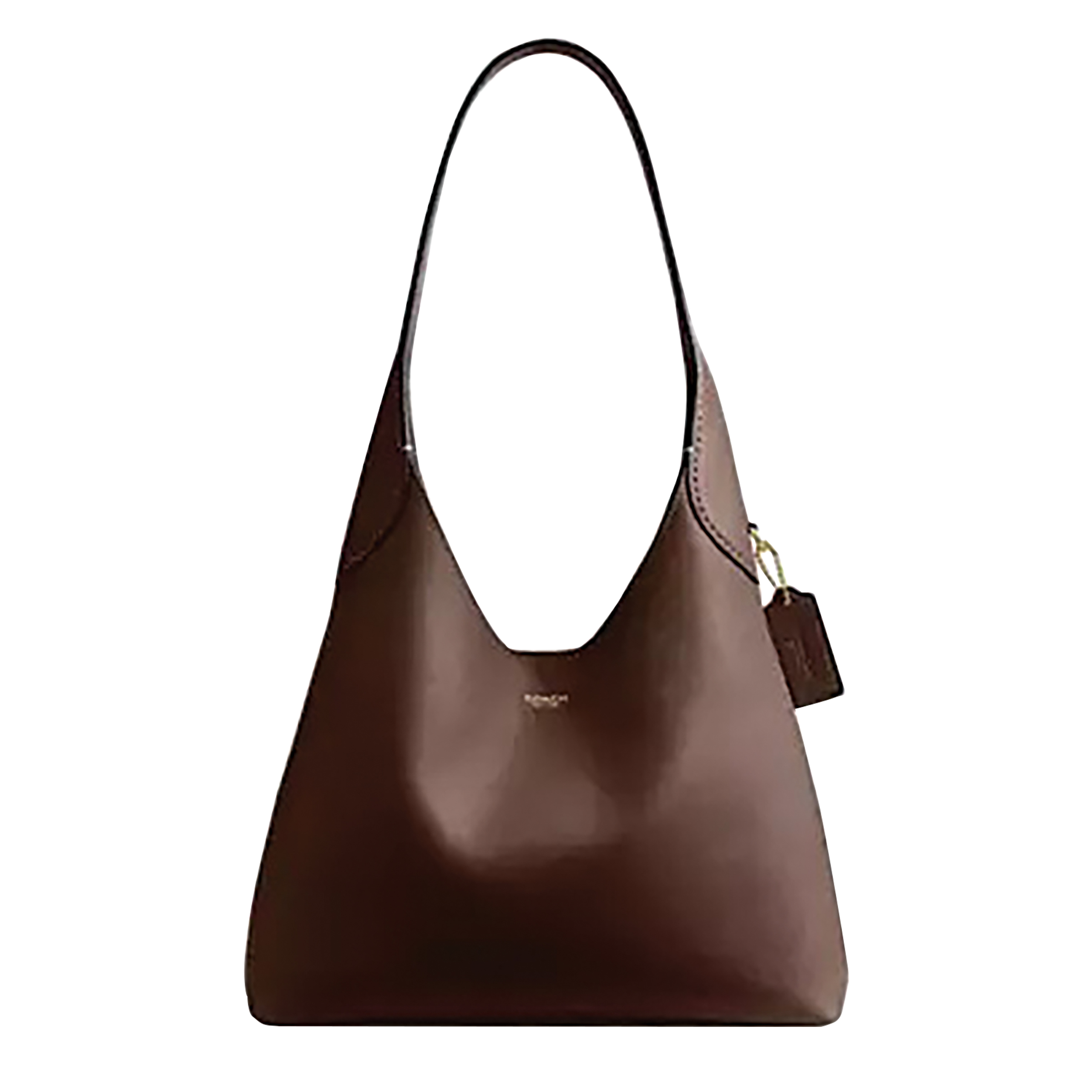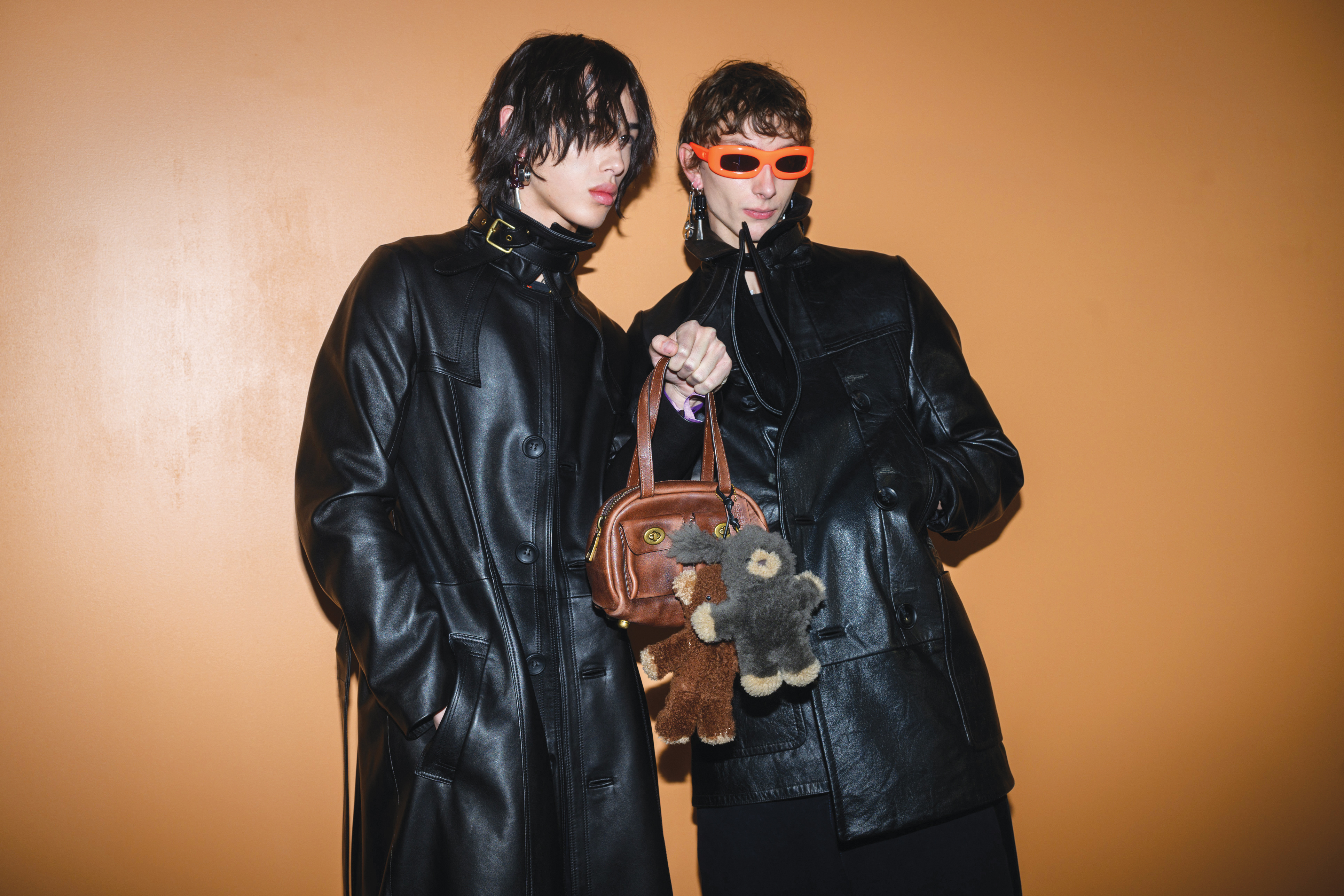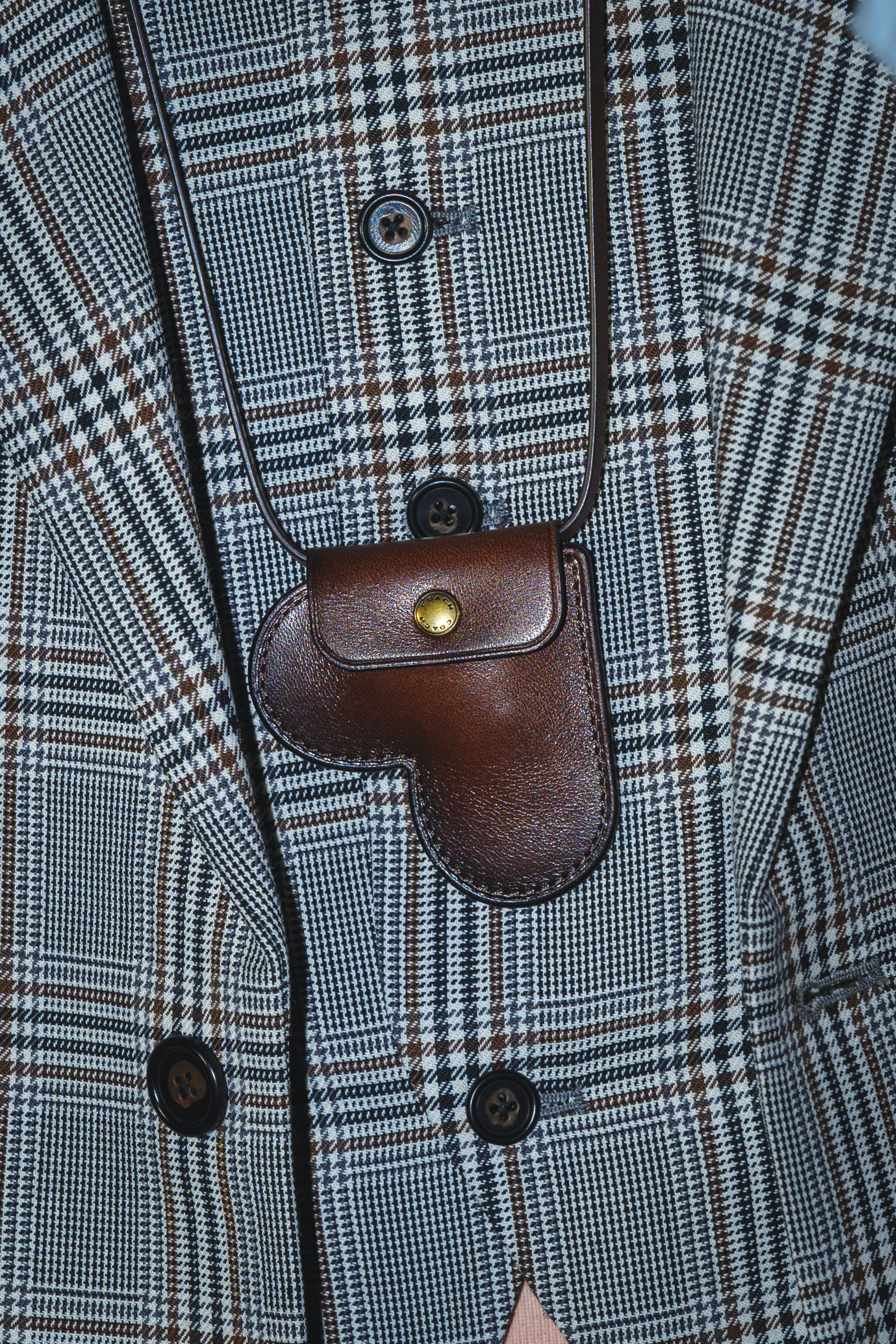Views: 103
When Stuart Vevers was appointed creative director of Coach in 2013, he taught himself to time travel. First, a trip through history. “I sat in the archives, trying to learn what people had been drawn to over the years,” he tells me from his home in New York City. As the heritage brand has a lengthy story, filled with decades of details, house codes to consider and a long-standing reputation, inheriting the mantle was no small feat. But Vevers, who’d had previous stints at Calvin Klein, Givenchy and Mulberry, was well acquainted with a challenge. So once his feet were firmly planted in the past, he flipped to the future. “There was a moment when I knew we should look to the next generation,” he says of the early days of his orientation. Twelve years later, Vevers’s ability to flourish in a liminal space—threading together the old and the new—has become his calling card. Throughout his exceptionally long tenure, the British designer has turned Coach’s storied brand identity into a hallmark of youth culture. And at the Fall 2025 show this past February, he proved just how well he can make something new from nostalgia. On the catwalk, classic peacoats were paired with fuzzy slippers and avant-garde glasses. Distressed ’90s denim billowed beneath shrunken jackets. The palette—tonal tan and faded black—was a nod to the house’s traditions, while pops of colour added quirk. Notably, Coach’s Twin Pocket bag, a style crafted by visionary lead designer Bonnie Cashin in the ’60s, was reimagined with doodle motifs and haphazardly tied-on cardigans. Silliness pulsed through the runway via trailing belt straps, mismatched earrings and scuffed sneakers. Even the teddy-bear accessories were purposefully worn-in. “We liked the idea that those toys had been loved by a kid who, maybe years later, rediscovered them and hucked them onto their bag,” Vevers explains. It’s the sort of youthful insouciance that is tough for a luxury label to pull off. But that’s what sets Coach—and Vevers—apart. [instagram-oembed url=”https://www.instagram.com/p/DGl9lqwg9nx/” /] In 2025, the label is fluent in Gen Z speak: producing It bags (the Coach Brooklyn bag stays viral on TikTok), pioneering accessorizing trends (the cult-favourite Coach cherry bag charms are duped at length) and peppering its front rows with esoteric internet stars—from kooky-knitwear blogger Ella Emhoff to SoundCloud princess PinkPantheress. There’s an ongoing renaissance for old-school Coach, too, with restoration videos blowing up on TikTok and Poshmark citing a spike in searches for vintage Coach clutches, wristlets and shoulder bags. Despite tariff threats and frugal shopping, Coach’s popularity (both on and off the algorithm) has grown. Vogue Business reported that its sales were up at the beginning of the year, largely thanks to its young fan base. Most recently, Vevers was awarded the prestigious OBE (Officer of the Most Excellent Order of the British Empire) for the impact of his work. It’s not hard to see why: Instead of touting old-fashioned aspirations, he makes affordable luxury that’s meant to be lived in. The childlike wonder in Vevers’s approach is palpable, right down to the end of his show: He takes a bow and then scoops up one of his young twins as he exits the runway. According to him, hope is baked into the brand. “We’re always thinking about being welcoming and warm, and you don’t usually get that in fashion,” he says. You also don’t often see a creative director with a nearly-decade-and-a-half tenure that still feels fresh. Any fashion fan will tell you that these days the creative-director economy is undergoing a seismic shift. This year alone, Dior, Gucci and Loewe have all participated in what’s been called an industry-wide game of designer “musical chairs.” Vevers at Coach, however, stays steady. Unlike some of his high-profile peers—Pharrell, at Louis Vuitton, has 13 Grammys under his belt, and Jonathan Anderson, at Dior, has dipped into Hollywood costume design—Vevers has no larger-than-life celebrity persona. He is soft-spoken and level-headed and talks a lot about instinct. When asked to share the secret to creating a viral bag, he laughs. “If I knew that, I’d have a lot more of them.” Above all, he is wholly committed to the work, which is, in his words, to make fashion fun. Perhaps that’s the secret to his success: Even in the age of corporate turnaround and hype-and-burn trend cycles, Vevers views his vision as a marathon instead of a race. “This was never something I thought could be done overnight,” he says of Coach’s next-gen evolution. “It was always a long-term project.” Does he pay attention to the outside noise? Sure. “Sales figures and customer feedback can help guide you,” he says. “But you’ve got to be careful that you’re not just following them.” As with his collections, Vevers himself is guided by optimism. “I think you’ve got to push the fear of judgment to the back of your mind and just ask yourself ‘Am I inspired?’” he reflects. “Today, for me, that answer is a big resounding ‘Yes!’”
Stuart Vevers on…
The Secret to Creating an It Bag
“It’s a bit of a mystery to me. First, you just have to really love what you make. Sometimes that excitement translates to the client—but not always. There’s no formula here.” 
Preparing for a Runway Presentation
“I rarely make predictions. Our collections are so connected to culture, so world events during the week of—even the day of—the show often mean we’ll pivot and do something different.”

via Spotlight/Launchmetrics
A Designer’s Instinct
“Having the courage to do something that feels right is a big part of the job. I try to take risks, and those are often decisions you can’t make from looking at the numbers.”

via Spotlight.com/Launchmetrics
His Inspiration This Season
“We live in uncertain times, and my instinct was to create a simple message. I wanted the Fall 2025 collection to feel, at its heart, quintessentially Coach but look to the future.”

via Spotlight/Launchmetrics



